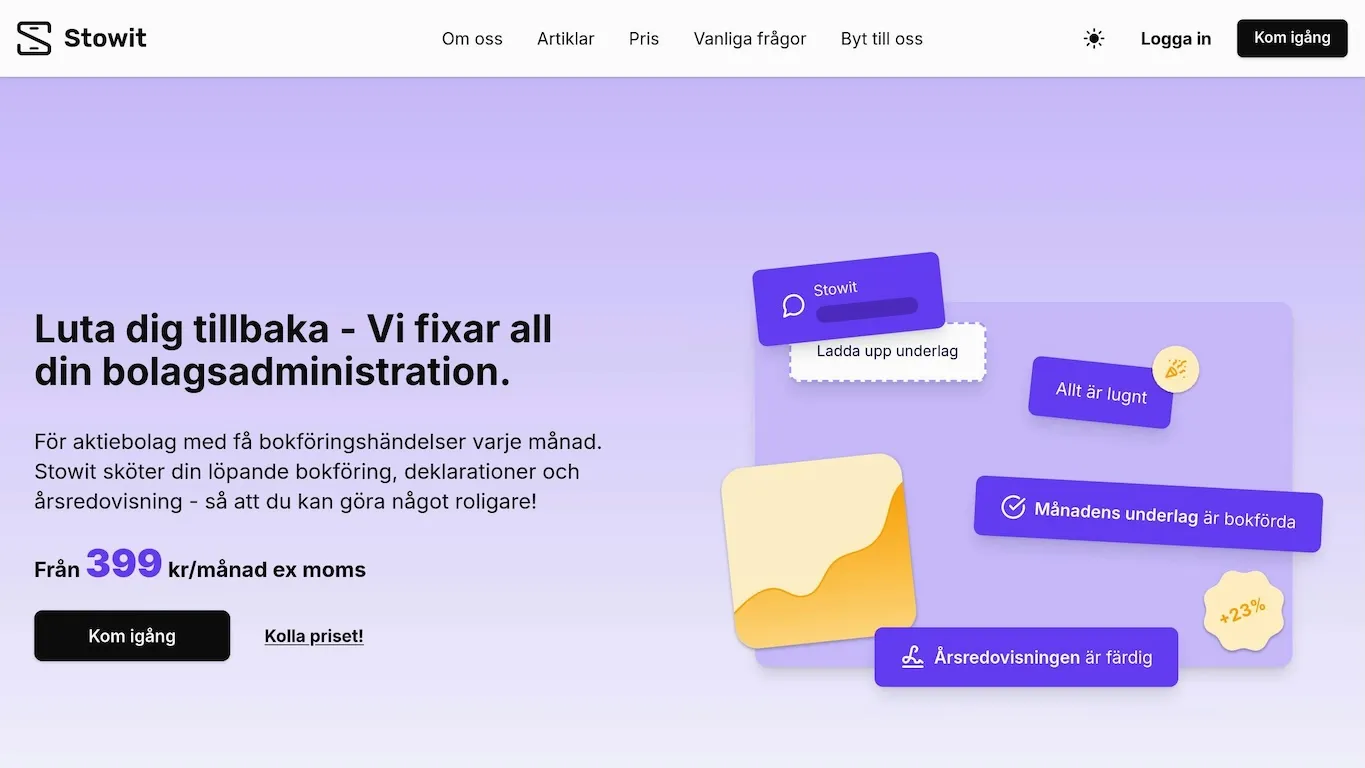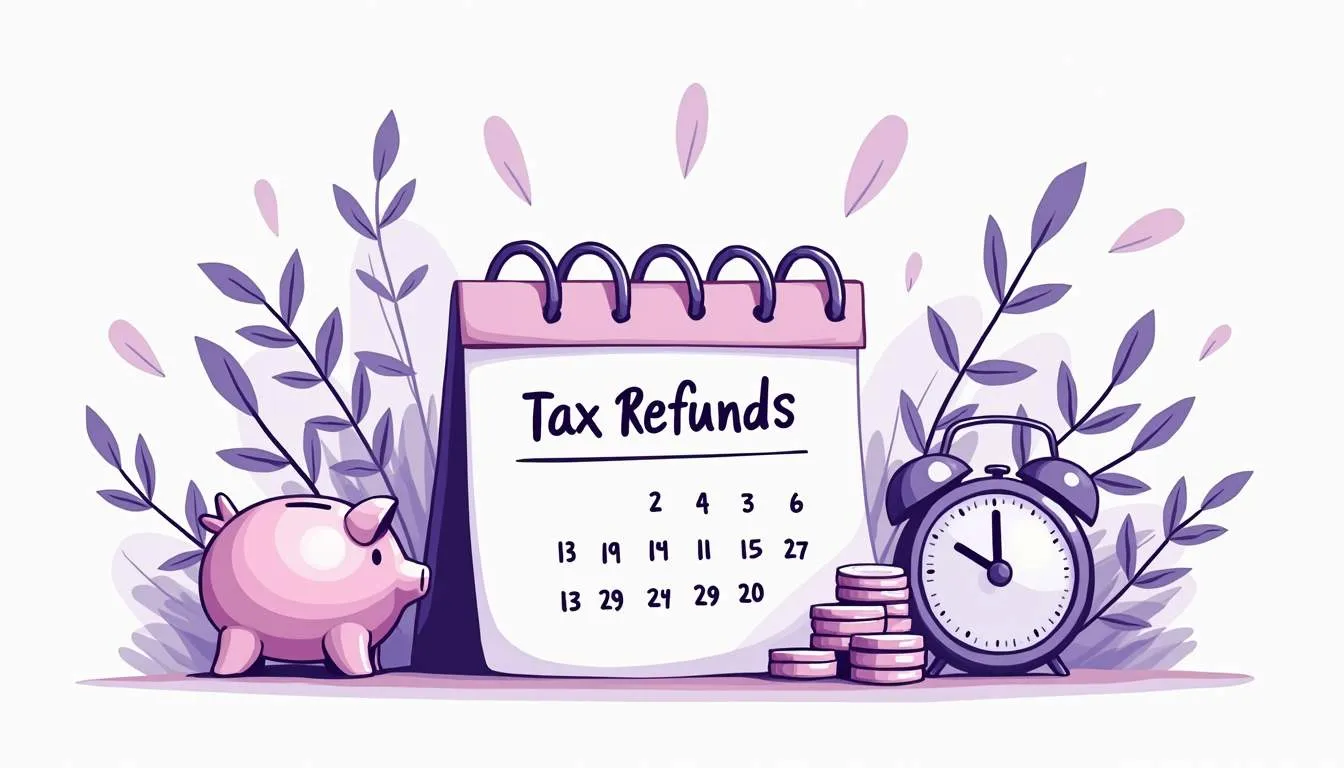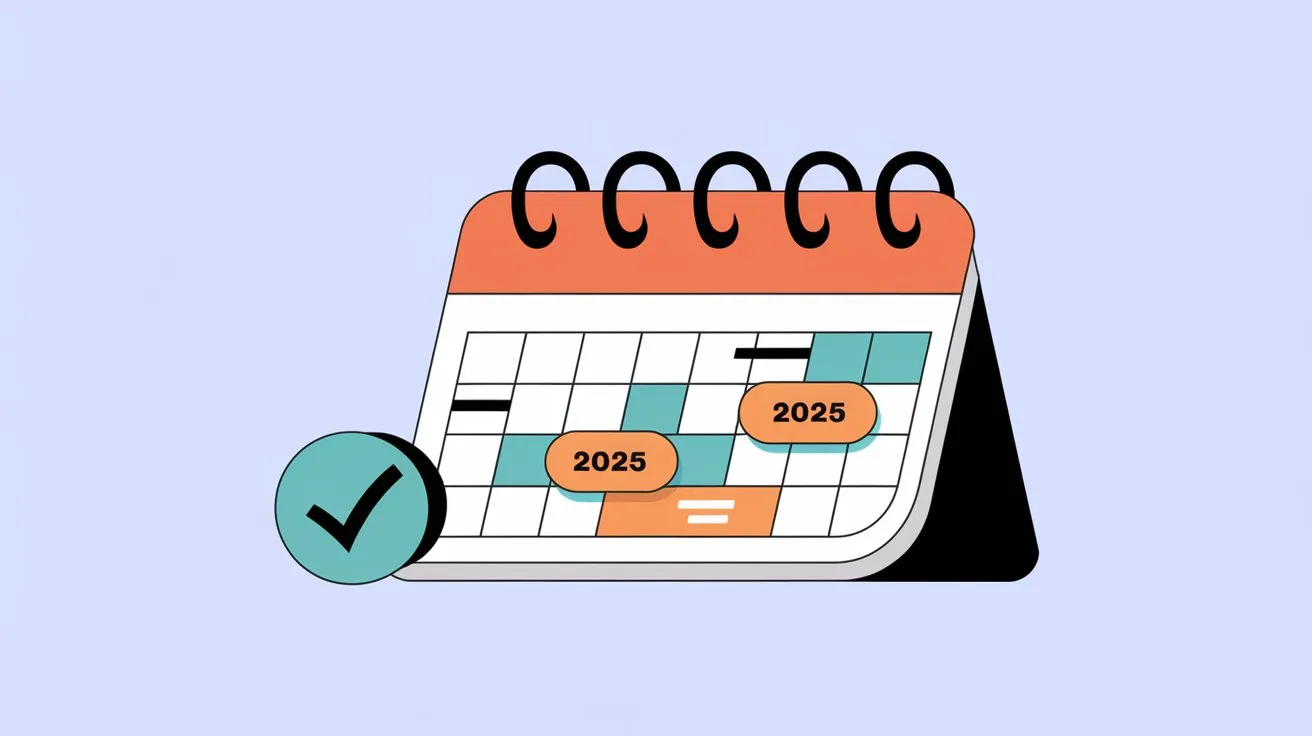Income Tax Return 2 (INK2) - 2025
Income Tax Return 2 (INK2) is a requirement for all Swedish limited companies to report their income to the Tax Agency. Here’s the most important you need to know:
- Who must file? All limited companies, regardless of whether they are active or dormant.
- Important dates: Income Tax Return 2 (INK2) must be submitted by August 1, 2025, if your fiscal year ended December 31, 2024. If you file digitally, the tax return can be submitted on the same day.
- Late fee: You will be charged 6,250 kronor if you miss the first deadline. If you delay another 3 months, an additional late fee of 6,250 kronor is added. If you delay another 2 months after that, a final fee of 6,250 kronor comes. In total, these fees become 18,750 kronor if the income tax return is submitted more than 5 months after the last submission date. Not fun!

How to Prepare
- Gather important documents such as annual reports, tax calculations, and previous tax returns.
- Use digital tools like Stowit to reduce the risk of errors.
- Check pre-filled information and supplement with missing information.
Even companies without operations must submit the tax return. For dormant companies, special rules apply, such as entering zero results in all fields and attaching annex K10. Digital solutions can make the process easier and save time.
Tips from the Tax Agency
What is Income Tax Return 2 (INK2)?
Income Tax Return 2 (INK2) is the tax return that limited companies in Sweden use to report their income and calculate tax. Although the Tax Agency pre-fills certain parts of the form, the responsibility lies with the company to review, correct, and supplement with additional information that affects taxation. This form is directed only at companies and differs from income tax return 1 (INK1), which is used by private individuals and sole proprietors.
Purpose and Use
The company must:
- Check the pre-filled information
- Correct any errors
- Add income that is not already registered.
Who Must Submit?
All limited companies, regardless of whether they are active or dormant, are required to submit Income Tax Return 2 (INK2).
Important Dates and Late Fees
The tax return submission date depends on the company’s fiscal year:
| Fiscal Year End | Digital Tax Return |
|---|---|
| January - April 2024 | December 2, 2024 |
| May - June 2024 | January 15, 2025 |
| July - August 2024 | April 1, 2025 |
| September - December 2024 | August 1, 2025 |
If the tax return is submitted late, the company can be fined at least 6,250 kronor. Companies that use a digital mailbox such as Kivra receive their tax return as a PDF file.
Now that we have gone through what Income Tax Return 2 (INK2) means, let’s look at how you can prepare to fill in the form.
Prepare Your Tax Return
To make the process with Income Tax Return 2 (INK2) easier and more efficient, it’s important to have the right documents and tools ready.
Documents You Need
To fill in Income Tax Return 2 (INK2), several important documents are required, including:
- Annual Report: Includes income statement and balance sheet.
- Tax Calculations: To ensure correct tax return.
- Bookkeeping Documentation: As support for your figures.
- Previous Tax Returns: Use as reference when needed.
Tools like Stowit can help gather and check these documents, reducing the risk of errors.
Get the Form
There are several ways to get Income Tax Return 2 (INK2):
- Mailing from the Tax Agency: The form starts being sent in early February to all tax-liable companies. If you have connected Kivra to your company, you will receive the information there.
- Digital Download: Available via the Tax Agency’s e-service.
- Order Paper Copy: If you prefer to file manually.
The digital version is preferable because it contains built-in checks that can help you avoid common mistakes.
Mistakes to Avoid
Some common errors during filing are:
- Not double-checking pre-filled information
- Missing deadlines
- Sending incomplete attachments
Make sure all documents are correctly filled in and attached to avoid late fees. With the right preparations, you can fill in Income Tax Return 2 (INK2) correctly and smoothly.
How to Fill In Each Section
Company Information
Start by filling in the company’s basic information. Double-check that the information matches what is registered with the Companies Registration Office and the Tax Agency. Here’s what you need to enter:
- Company Name
- Organization Number
- Address Information
- Contact Information
Use the company’s registration certificate as a reference to avoid errors. Once this is done, you can proceed to report the financial information.
Financial Information
Report all economic activities carefully, even small items. Use the BAS account plan to place everything correctly. Here’s an overview:
| Section | What Should Be Included | Important to Consider |
|---|---|---|
| Income Statement | Revenues and costs | Follow the BAS account plan |
| Balance Sheet | Assets and liabilities | Reconcile with bookkeeping |
| Accruals | Accrued costs/revenues | Check dates carefully |
If the company is dormant or lacks activity, zero results should be clearly stated in each section. Once this is done, the next step is to go through the tax calculations.
Tax Calculations
When calculating tax, it’s important to use current tax rates, calculate taxable income correctly, and include any deductions. Smaller companies may sometimes be covered by special rules or tax reliefs.
To avoid common mistakes, make sure to:
- Double-check all figures
- Check that attachments are correctly filled in
- Save copies of all documentation
- Verify that totals and subtotals match
Tax Returns for Inactive and Dormant Companies
Reporting With No Activity or Dormant Companies
Even companies without operations must submit Income Tax Return 2 (INK2). If the company has had no activity whatsoever during the year, all relevant fields should be filled in with zeros, and an annex K10 should be attached with a clear explanation for the absence of operations.
| Tax Return Part | What Should Be Stated |
|---|---|
| Income Statement | 0 SEK in all fields. State “No operations during the year” |
| Balance Sheet | Only the share capital is stated |
| Tax Calculation | 0 SEK in taxable income with accompanying explanation |
Following Legal Requirements
Even inactive companies must submit the tax return on time, document their dormant status, and maintain basic bookkeeping. This includes annual reports, minutes from board meetings, and an updated shareholder register.
Digital tools can facilitate the process and minimize the risk of errors. With the right tools, business owners can ensure that the tax return is submitted correctly and on time, while avoiding common problems.
If you feel uncertain about the tax return process, please contact us and we’ll make sure to help you quickly, easily, and affordably.
Simplify the Tax Return Process
Stowit: Smooth Tax Filing

Stowit is a platform that makes it easier to handle Income Tax Return 2, especially adapted for companies with low or no activity. Here’s what the system offers:
| Function | Description |
|---|---|
| Financial Reporting | Handling of annual reports and tax returns (INK2, K10) |
| Ongoing Reporting | Employer’s returns and VAT reporting |
| Ongoing Bookkeeping | Performs and ensures correct bookkeeping |
| Document Management | Generation of minutes and other company documents |
| Support | Access to expert help when needed |
When Professional Help May Be Needed
Despite digital aids, some companies may need professional advice to ensure the tax return is correct. Here are some examples of when it may be necessary:
- If it’s your first time filing as a dormant company.
- When the company has more complex financial structures.
- If you’re unsure how specific tax rules should be applied.
- When you simply don’t have time to familiarize yourself with the process.
For small companies with limited operations, a combination of digital tools and occasional expert help can be a cost-effective alternative.
Summary
Income Tax Return 2 (INK2) is an important part of tax filing for limited companies in Sweden. Submitting the tax return on time and correctly is necessary to avoid late fees and comply with tax laws.
Here are some key points to keep track of:
| Aspect | Details |
|---|---|
| Submission Date | Usually August 1 but depends on the company’s fiscal year |
| Late Fee | 6,250 SEK - 18,750 SEK |
| Necessary Annexes | Annual report, K10 annex (when needed) |
| Reporting Requirements | Also applies with low or no activity |
For companies with low activity, digital tools like Stowit can simplify the process by letting Stowit handle the management of annual reports and tax returns.
Even dormant companies must submit Income Tax Return 2, which can be made easier with the help of digital solutions. For more complex companies or if there is uncertainty about tax rules, it can be wise to hire professional help. This can be particularly useful during:
- The first year’s tax return or if the company has a complicated financial structure
- Specific tax questions that require expert knowledge
By keeping track of this, business owners can avoid common mistakes and submit a correct tax return. The next section addresses common questions about corporate taxation in Sweden.
Common Questions
How Are Companies Taxed in Sweden?
In Sweden, companies are covered by a uniform tax system. All Swedish companies are taxed on their global income, unless special exceptions or tax treaties apply. Foreign companies, however, are only taxed on income that has a Swedish source.
Here are some important principles to know about taxation:
| Company Type | Tax Base |
|---|---|
| Swedish Companies | Global income* |
| Foreign Companies | Income with Swedish source |
| Dormant Companies | Tax return obligation, even without income |
*With certain exceptions and depending on tax treaties.
All limited companies must submit Income Tax Return 2, regardless of whether the business is active or dormant. This requirement applies even if the company hasn’t made a profit or has even operated at a loss during the year.
To make filing easier, companies can use digital tools that facilitate the process. Keeping track of tax rules is crucial to be able to take advantage of such tools and make the tax return work smoother.


